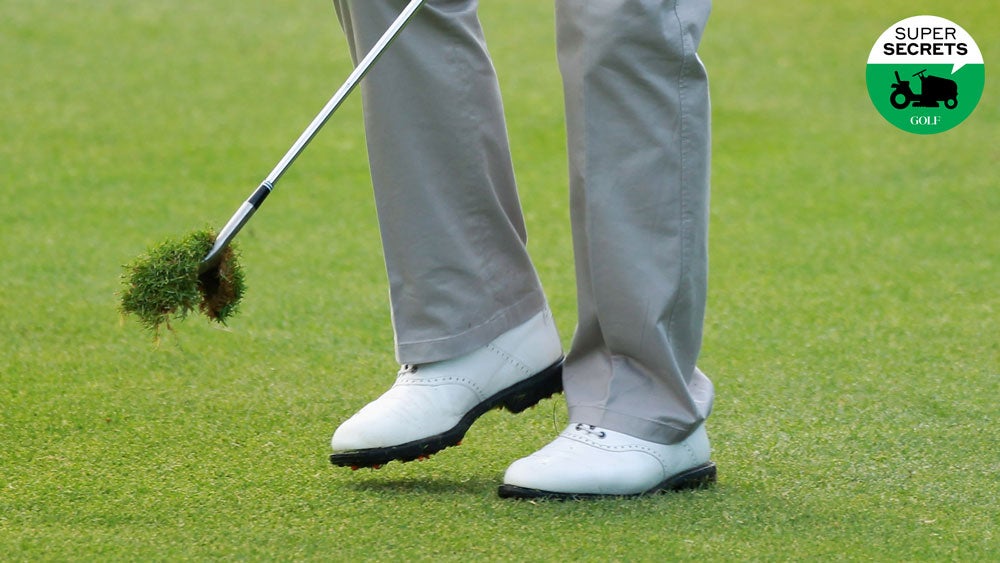It takes no special talent to take a divot. Any golfer can tear up a patch of turf on a tee box or a fairway.
But repairing the damage?
That’s a task that not everyone has mastered.
Stanley Reedy is the longtime superintendent at The Country Club of Jackson, in Mississippi, and a 39-year member of the Golf Course Superintendents Association of America.
We asked him for a rundown on common errors, along with a rough guide for doing the job right.
Mistake 1: Violating local rules
Should you replace it or sand it? That depends on the club and the type of turf they have. At The Country Club of Jackson, which has warm-climate Bermuda that is sprigged or sodded, replacing the divot does no good. Reedy asks players to sand instead. With cool-climate turf types, such as rye or bentgrass, Reedy says it’s more common to replace the divot, assuming that the torn-up turf is reasonably intact. This one is simple: Before you tee off, find out which method the club prefers.
Mistake 2: Trying to salvage shrapnel
A divot is only worth replacing if it isn’t blown to pieces. A solid patch of turf, with the roots still intact, can be put back where it was and recover nicely. But filling a divot with tattered shreds of turf does no one any favors. That grass will either die or blow away.
Mistake 3: Not tamping down
Laying down the divot is only the first step. From there, you need to take an actual step: Press down gently on the divot with your foot. This will level off the turf and help the roots make healthy contact with the soil. Failure to do so leaves an uneven and unsightly swatch of grass in the fairway, the agronomic version of a bad toupee.
Mistake 4: Under-filling divots
Whether it’s sand or a mix of sand and seed (sand-seed mixes are usually only used with cool-climate grasses, Reedy says), be sure to fill the divot to the level of the turf. Too many golfers under-fill, leaving a depression in the fairway that remains, even after the grass grows in.
Mistake 5: Over-filling divots
Ever seen a fairway marked by what resemble a bunch of tiny mole hills? Those are over-filled divots, which aren’t just bad for playing conditions. They’re also bad for mowers that roll over them. After you’ve filled the divot, Reedy says, step on the little sandy mound and shift your foot side to side to get the surface level with the surrounding turf.
Mistake 6: Using an old divot improperly
Filling a divot with an old one you find lying in the fairway isn’t ideal, Reedy says, as it probably won’t be an even fit. But it’s better than doing nothing. Just be sure that the old divot has some life left in it. A dead, loose patch of turf does no one any good.
